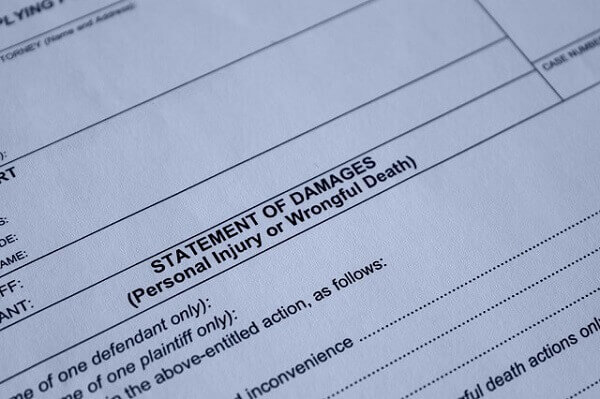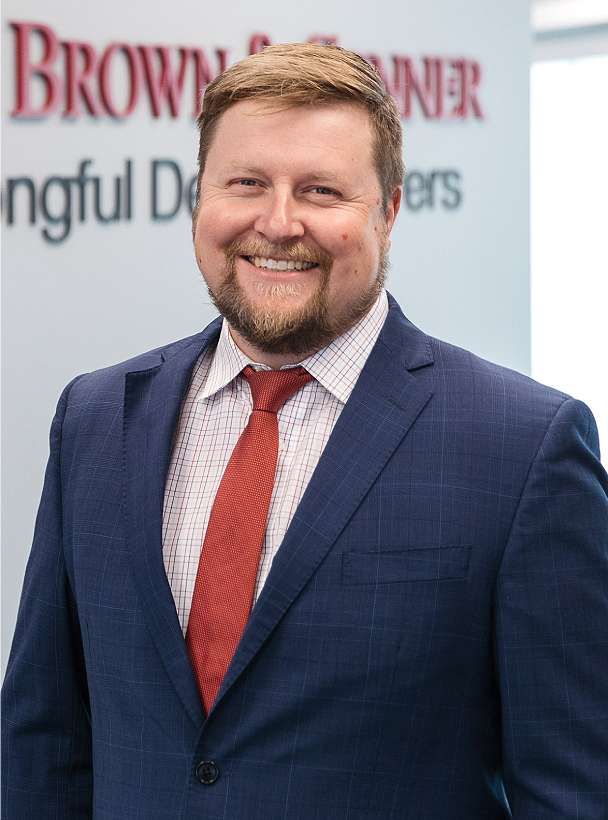Helping Washington Families Deal with Wrongful Death Claims
In wrongful death claims and other tort cases, the burden of proof falls on the plaintiff. You must prove that not only a death occurred, but that the defendant was the cause of that death. If you cannot meet the burden of proof, you will lose your claim in court. This is why it is imperative that you speak with an injury lawyer. An attorney can help assess your claim, but also present evidence establishing the negligence and responsibility of the defendant.
The courts take wrongful death cases very seriously – and it is a serious transaction to point the finger at someone for the death of another. Simply saying someone is at-fault is not enough for the courts to grant damages. Instead, you must endure a time-consuming and emotionally taxing process of proving the defendant’s negligence – all while coping with the loss of a loved one. A Washington wrongful death attorney can help gather evidence, present your claim, and establish negligence while you grieve. But, in order to start the process, the attorney must first assess if a wrongful death actually occurred.
Proving Wrongful Death
Before a lawsuit can be filed, you must show that wrongful death occurred. You can do this by:
- Showing that the person had a duty of care to the deceased. This means that the defendant owed a legal responsibility to take action (or not act) to prevent the death of your loved one. For example, if a driver was drunk and caused a fatal accident, he or she has a responsibility to not drink and drive; therefore, that individual failed that standard of care and was negligent.
- The duty was breached. Showing that a duty was required is not enough; you must show that the defendant breached the duty. He or she must have done something that a reasonable person would not have done.
- The breach led to the death. Most importantly, you must show causation – tying a link between the person’s irresponsible behaviors and your loved one’s death. Negligence is not a legal issue if there are no consequences to that negligence. If you cannot tie the defendant’s actions to your loved one’s death, you may not have a valid claim. Sometimes, it requires proving that your loved one’s death would not have occurred if the defendant had acted differently.
- The survivors suffered damages. This is equally as important as the third requirement. Without having any damages, there are no grounds to file a lawsuit. You must show that the death led to damages, such as a loss of future income, medical bills, loss of household contributions, etc. Concrete monetary damages are much easier to prove in court than damages like loss of companionship.
Getting Started Requires the Assistance of an Attorney
While you may think that you can attempt a wrongful death suit on your own, it is best to allow a wrongful death attorney to step in and handle the legal aspects while you cope with the loss of your loved one. The personal injury lawyers at Brett McCandlis Brown & Conner, PLLC understand what you are going through and are here to help. Let our attorneys seek compensation against the negligent party and hold them accountable for their actions. Schedule a free consultation now by calling us toll-free at 800-925-1875, or request your free consultation online.


